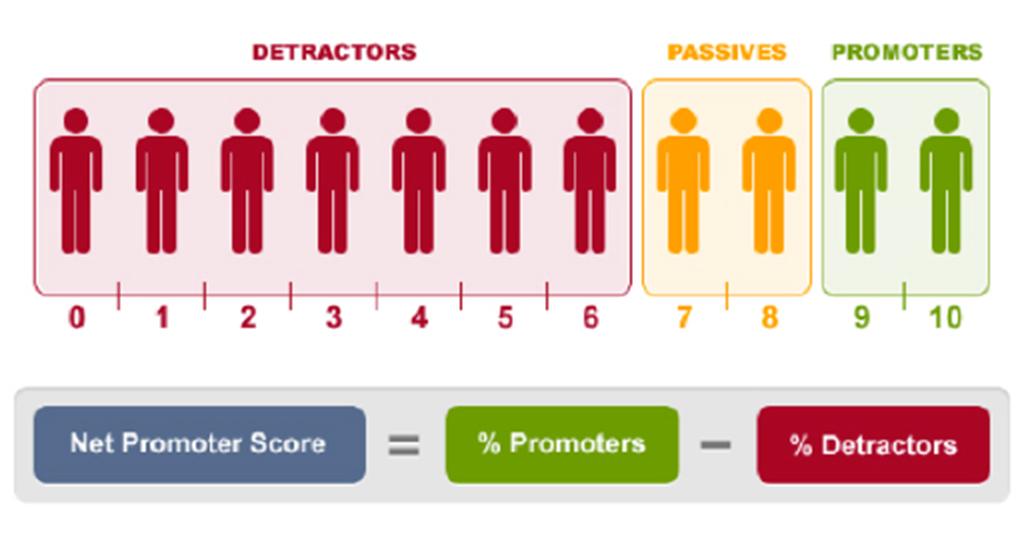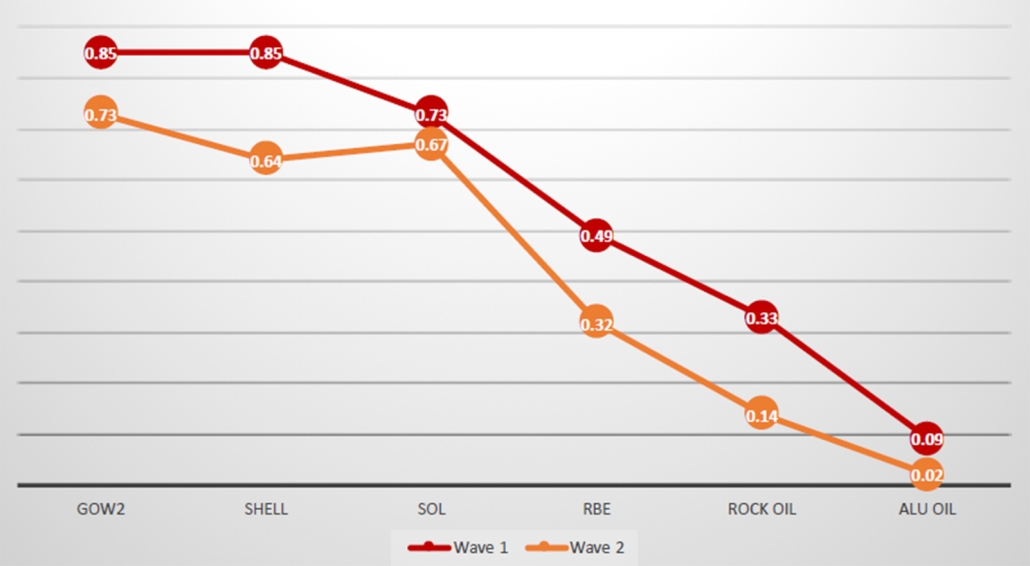Research
Methods & Reporting
Methods & Reporting
During the “Insight” session, the information goals and management questions are defined together with key persons in the organization. Prioritization is necessary based on actionability, relevance, and urgency. Which management questions are relevant, which hypotheses are urgent? Where are the differences in information needs, and where is the overlap?
The design of the questionnaire determines the quality of the data and responses. The type of questions, length of the questionnaire, and scale types – it’s all a craft.
Using software or fieldwork, data is collected in real time, reducing project duration compared to paper surveys and minimizing the margin of error. Our interviewers all have at least 5 years of field experience and a minimum of a bachelor’s degree.
With “the end in mind,” analyses are tailored accordingly. However, 360 Marketing continues to explore opportunities and relevant insights.
Cross-analyses identify connections/differences between various target groups, brand performance analyses, and Net Promoter Score analyses are some practical options. Depending on the budget and requirements, data is interpreted to maximize and accelerate research possibilities.
Finally, the methodology, analysis, and graphs are documented in a report with conclusions and recommendations. The report is designed to enable quick and easy interpretation of the data, with a focus on relevance for the reader.
In statistics, frequency is the number of times an event occurs. Frequency Analysis is an important area of statistics that deals with the number of occurrences (frequency) and analyzes measures of central tendency, dispersion, percentiles, etc.
Cross Tabulation is a main frame statistical model which follows on similar lines, it helps you take informed decisions with regards to your research by identifying patterns, trends and correlation between parameters within your study.
NPS is a single ques*on that is sent to customers to get a concise understanding of their satisfaction level with your brand or organization.

Trend Analysis gives you the ability to take a look at data over time for a long-running survey.

Qualitative Research: Understanding the Why


